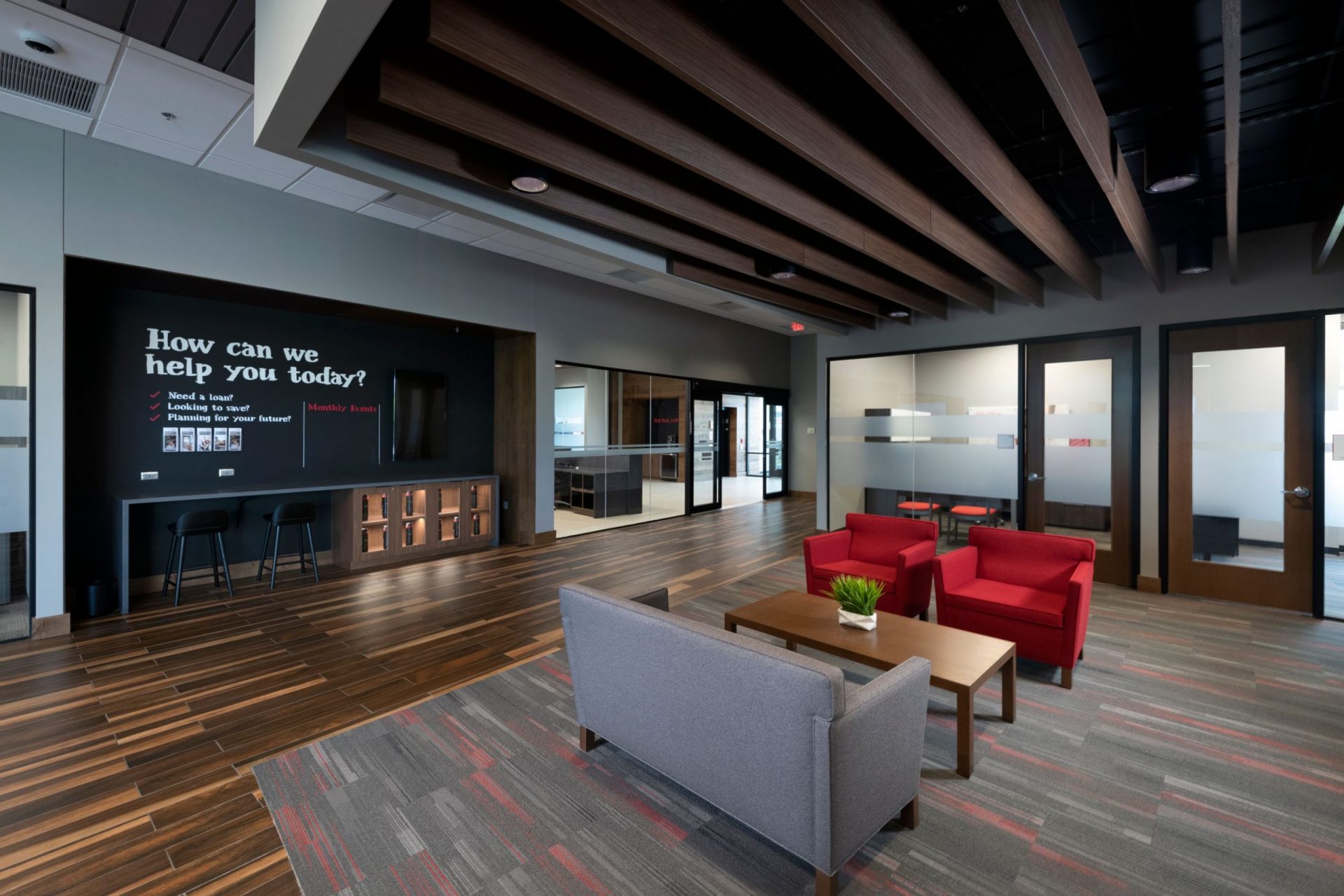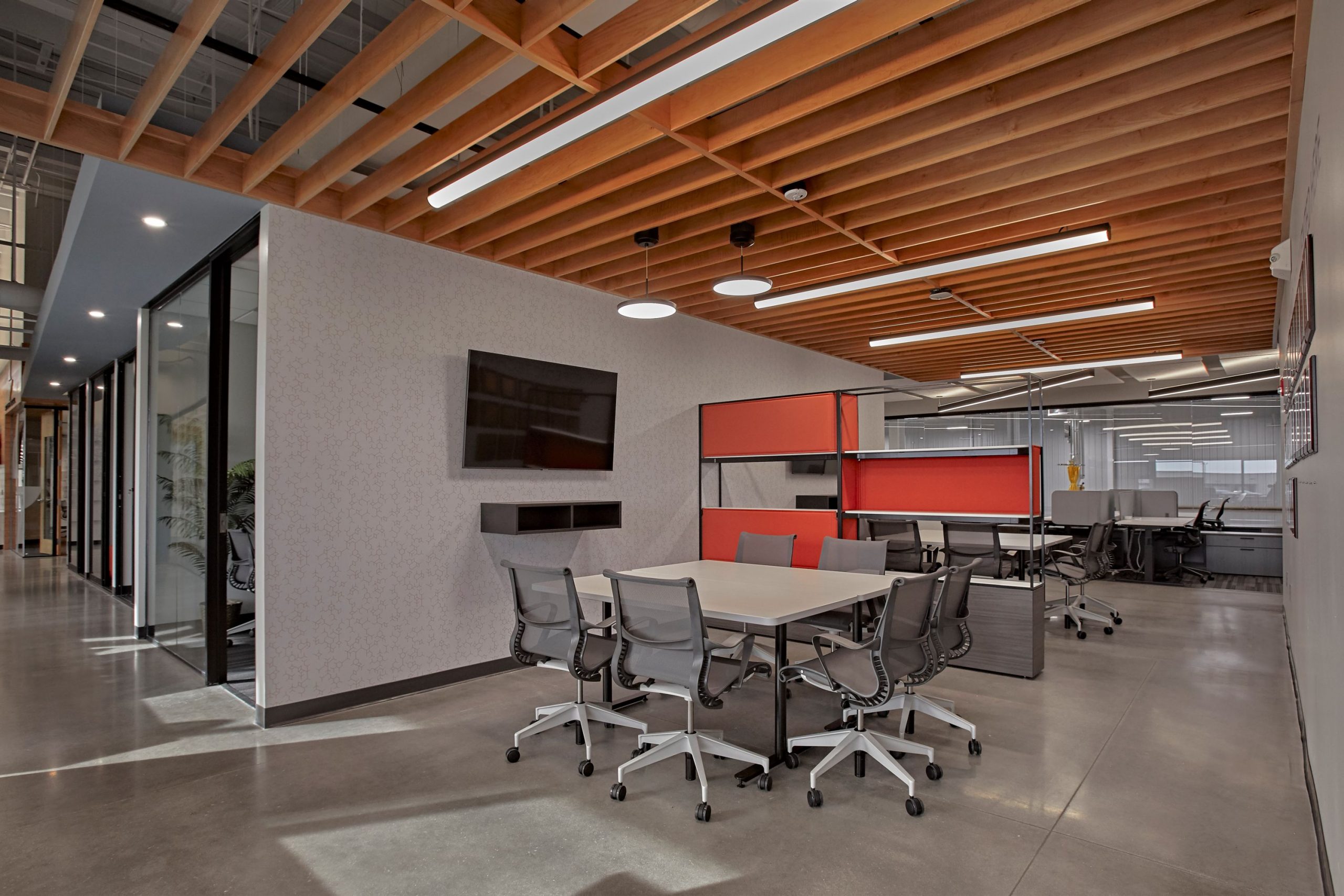The Return to Work
By Lauren Elliott, RID, NCIDQ
July 26, 2021Post Tagged in
Over the past year, the majority of office-based workers got to participate in the largest work from home experiment due to COVID-19.During this time, we’ve learned a lot. We better understand the need for flexibility in the workplace. We learned new technologies that allow us to better support remote work and long-distance business relations. Most importantly, we understand that regardless of remote capabilities, people still have the desire and necessity to come together in a common workplace. |
 |

